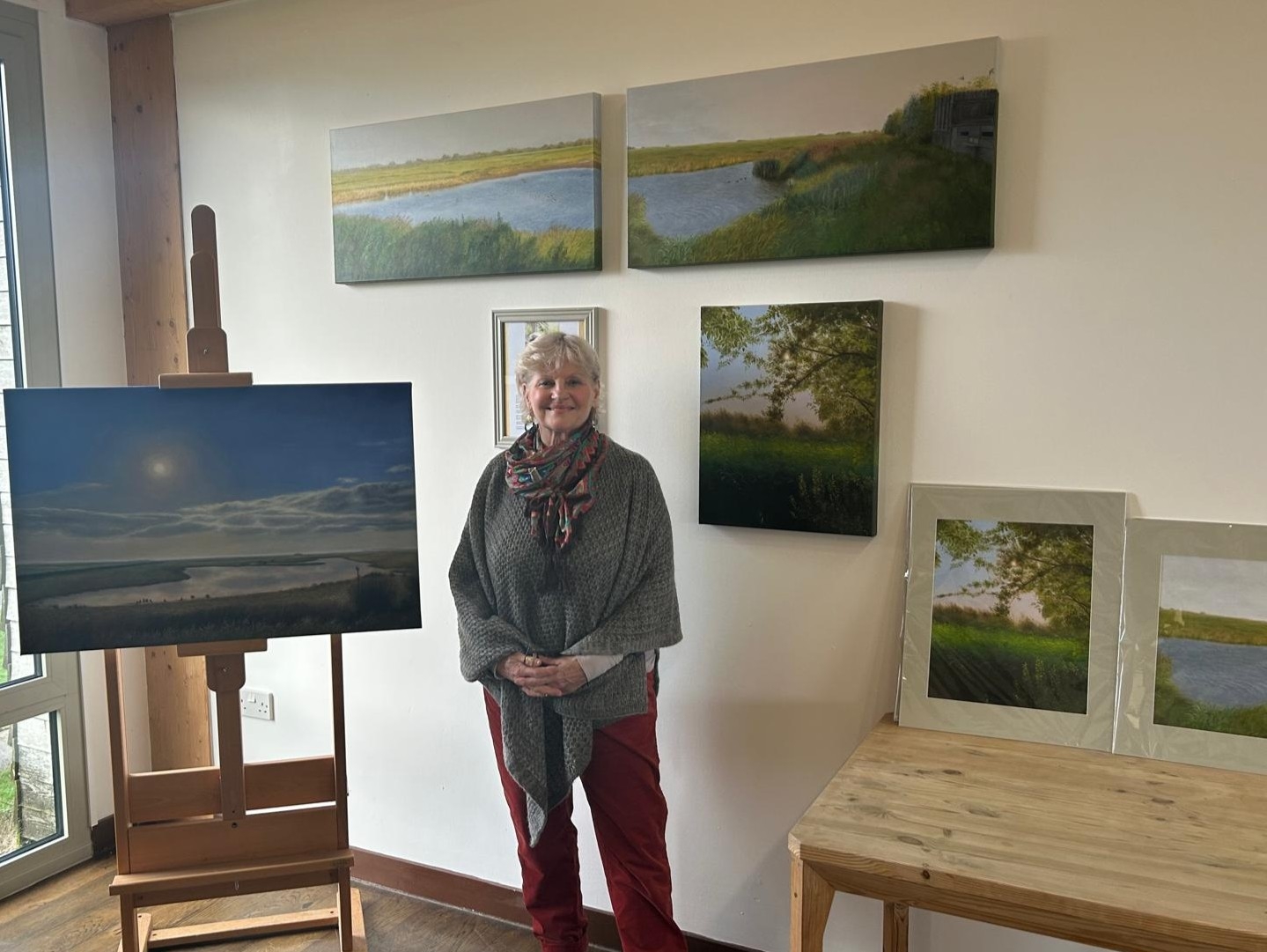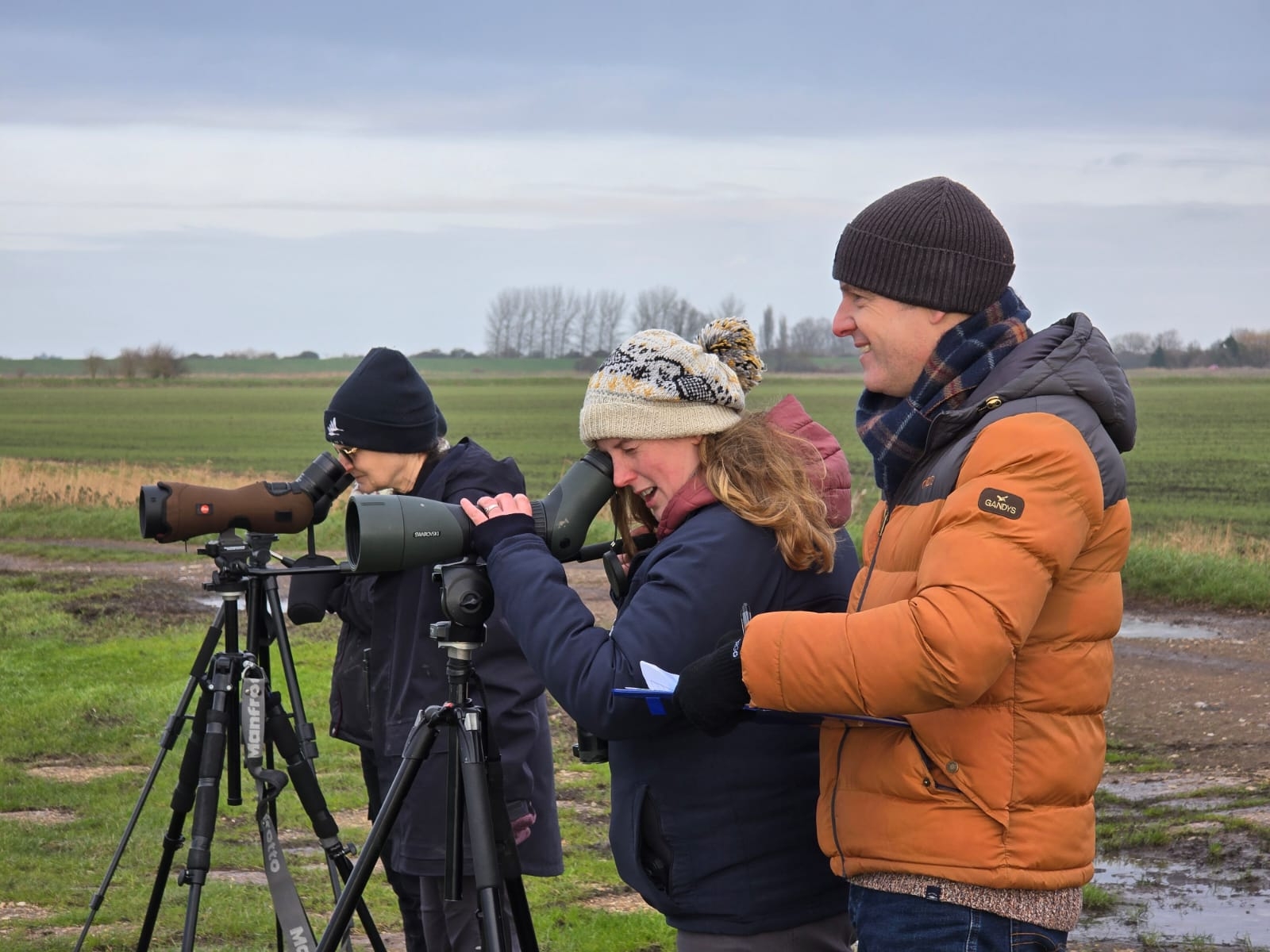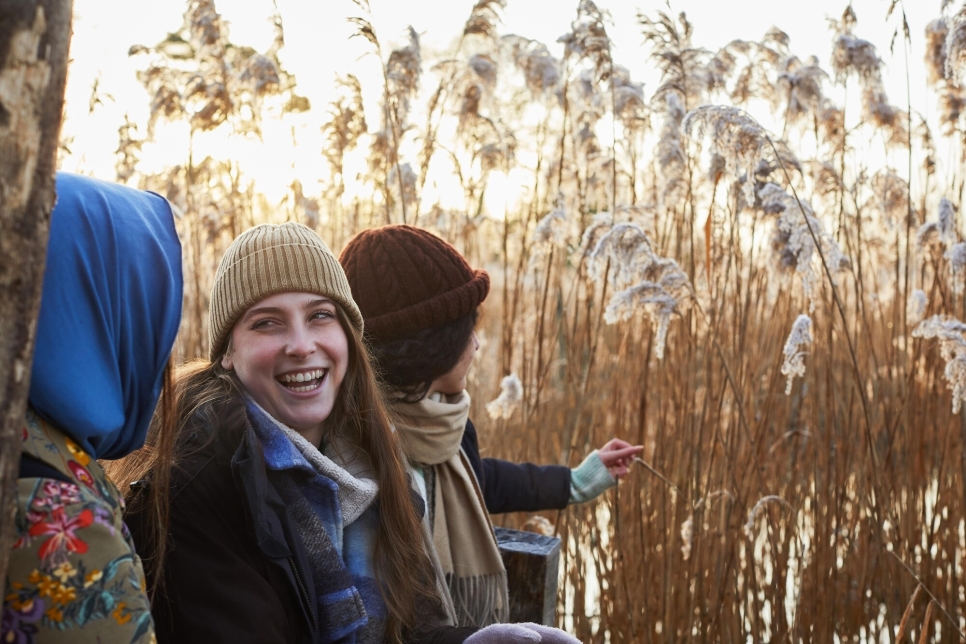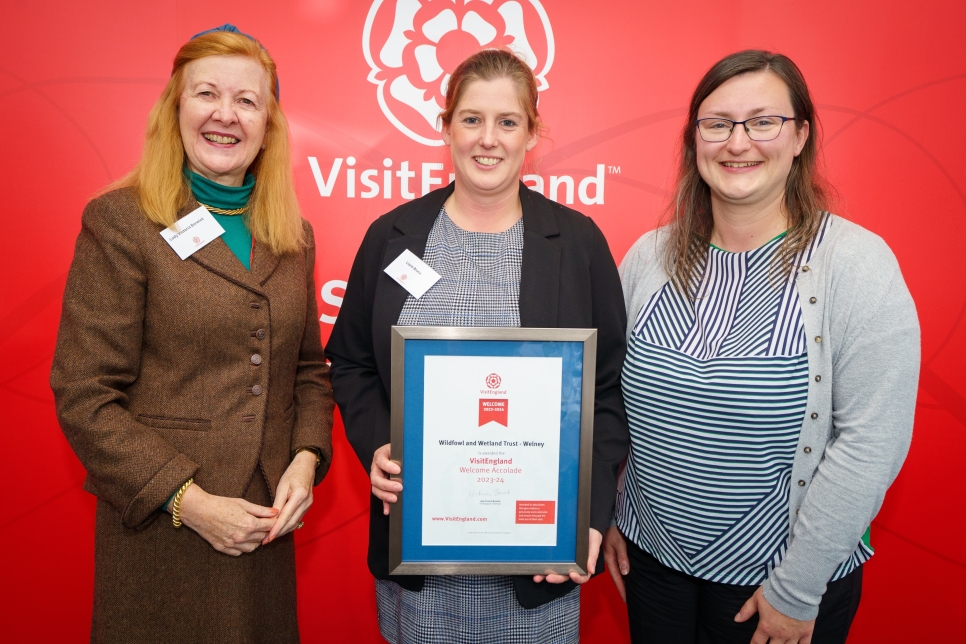Swan spectacle makes for a wild winter
We might not see snow this winter, but thankfully we are still in for a white Christmas with the arrival of thousands of swans.
We might not see snow this winter, but thankfully we are still in for a white Christmas with the arrival of thousands of swans.
A visit to WWT Welney in the coming weeks will give you the chance to experience a white winter wonderland with a difference as thousands of swans return to the area after completing incredible journeys from their summer homes in Arctic Russia and Iceland.
To celebrate this migratory miracle, we are putting on a range of events to allow you to get closer to the swans and witness what is widely believed to be one of the season’s most spectacular events in UK nature.
Whooper swans from Iceland far outnumber the much rarer Bewick’s swans from Arctic Russia, but this is one of the few places where these winter travellers can be seen side by side along with our native mute swans. After spending their summers in the far north, pairs who have successfully bred have now shown their cygnets the migration for the first time.

Along with daily commented swan feeds, there will also be weekend events where visitors can watch these beautiful birds in a very special setting.
On Saturday and Sunday evenings, com along to our Floodlit Swan Feeds where, from the comfort of a warm hide, you can witness the birds flying in at dusk to have their last meal of the day. And on selected dates throughout winter, an early start is worth it, to watch the birds waking up on the wetlands with our reserve guides on hand to tell you all about them.
Our events are a perfect pre and post-Christmas experience and a fantastic opportunity to leave the screens at home and explore the wildlife on your doorstep, taking in the sights and sounds of migratory birds arriving from distant lands.

Whilst the swans are the stars of the show, there is so much more to enjoy. From flocks of red-headed pochard ducks, to shoals of wading birds like godwits and plovers and the captivating views of birds of prey with harriers and owls. Take a walk with a guide to encounter charismatic hares and deer that also call these wetlands home. Not forgetting the landscape itself with huge skies, expanse of reed beds and the glorious trees which change from day to day during the winter months.
Emma Brand, Events & Marketing Officer said:
“Winter is such an incredible time for the wetlands at WWT Welney. Thousands of birds arriving for winter mean it is the busiest time of year for numbers of wildlife. “The daily coming and going of swans as they fly out to fields and return to roost is a familiar routine for the people living and working around the Ouse Washes landscape. Sharing this spectacle with visitors is a huge part of the work the staff and volunteers enjoy most about this time of year.”
Welney is open daily 10am-5pm Monday to Friday, 10am-7.30pm Saturday and Sundays for winter. Only closing on Christmas Eve and Christmas Day.
Swan feeds:
1 November – 29 February, 12noon & 3.30pm daily
4 November – 25 February, 6.30pm on Saturdays & Sunday only
Swans awake morning events:
Sat 16, Sun 17 December
Sat 20, Sun 21 January
Sat 3, Sun 4 February
Sat 17, Sun 18 February
See our What's on page for full details and links to book tickets.
Meet our swans
Bewick's swans

Bewick’s swans are one of three swan species we see in the UK – but as the smallest and rarest they can be difficult to find. The Ouse Washes had been an important site for wintering swans in the UK for decades. Both Bewick’s and whooper swans come here in the coldest months to escape conditions further north. Monitoring the swan numbers each winter feeds into site and international counts to understand what is going on with the populations. In recent decades we have recorded fewer Bewick’s swans making it to the UK. It is likely that milder weather conditions elsewhere in Europe is playing a role in us seeing fewer birds here in the UK. Birds are carrying out what we call ‘short-stopping’ – not having to travel as far west as they once used to, because they have everything they need where they are (food, mild temperatures, wetland sites). However, through the international swan census counts, we also know that the population as a whole has been declining, and WWT have been working for decades on identifying the threats to this species and working with communities and conservationists along the whole flyway to raise awareness of these threats and try to implement ways to reduce them. The species are still a highlight of winter at Welney, with the Ouse Washes and surrounding Fenland remaining an incredibly important area for them.
Whooper swans

Whooper swans are also migratory, flocks arrive from Iceland each winter to spend the coldest months of the year in the UK at key sites like WWT Welney on the Ouse Washes. Whooper swans are about a third larger than Bewick's swans, with visibly longer necks and a more swan-like rather than goose-like appearance. Whooper swans also have yellow and black bills, but with more yellow than black to tell them apart from the similar Bewick's swans. Many family groups can be seen at Welney each winter, several of the coming close to the main hide for feeding. The cygnets are a silvery-grey colour and have the black tip on the bill, but a white or pink part, where they will eventually turn yellow with age.
Mute swans

The largest of the three swan species, mute swans are also resident and so can be found in the UK year-round. They can be identified from the two migratory species by their orange bill, which has a black fleshy blob on top called a caruncle. You might well have a single, pair or family of mute swans on a river or lake near to where you live as they can be found throughout the UK. At WWT Welney you are likely to see pairs in spring, and then with young cygnets come summer. They are very good parents, being protective of their brood whilst the cygnets are small. It is only come winter when we start to feed that we get them coming close to us and tolerating being closer to other swans, for a while anyway.
Check our latest sightings page for the most up-to-date information on what's been spotted on the reserve.
Ready to visit?
If you've been inspired to explore the wetlands of Welney, find out more and book your visit online.
Plan your visitHeader image - Whooper swans on ice by Simon Stirrup



